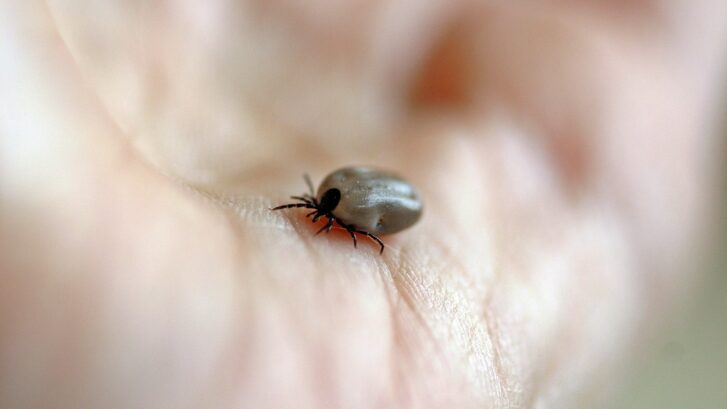What You Need to Know About Lyme Disease
There is a misconception that if you live in Florida, you can’t contract the tick-borne illness known as Lyme disease. Our concierge doctors would like to dispel that myth. Both the disease itself, as well as its lingering aftereffects, can have long-term, debilitating consequences.
Originally concentrated in New England, the illness has spread across the United States. It now results in up to $1.3 billion in costs to the U.S. health system each year, according to researchers from Johns Hopkins.
What is Lyme disease?
Lyme disease was originally identified in the town of Lyme, Connecticut, when children playing in the woods around their homes began exhibiting unusual, flu-like symptoms. From there, it spread slowly through New England, then the mid-Atlantic states, eventually making its way to all 50 states.
It it spread by blacklegged ticks, also called deer ticks because deer have been found to be the primary host. Although, the tick can be found on numerous small animals, including rabbits and squirrels. The Centers for Disease Control and Prevention (CDC) estimates as many as 30,000 people contract the illness each year. Some claim that number is at least 10 times higher due to misdiagnosis and lack of reporting.
Lyme disease is one of the fastest-growing infectious diseases in the nation. It is caused by a spiral-shaped bacteria, Borrelia burgdorferi (Bb), which the tick picks up from an infected animal then transfers to a new host—including humans.
It has been called “the great masquerader” because of the numerous other illnesses it mimics, which is why it is not often recognized in the doctor’s office. Especially here in Florida, because of the belief that “there is no Lyme in Florida,” it is often mistaken for other diseases, including COVID-19.
Acute and chronic symptoms
The telltale symptom of Lyme disease infection is the bull’s eye rash, normally at the site of the bite. It typically appears within three to 30 days after being bitten, according to the CDC. However, only 70-80 percent of bites result in this symptom, which also may lack the classic bull’s-eye appearance, and can appear anywhere on the body.
Other symptoms of an acute infection can include:
- fever and chills
- fatigue
- headaches
- stiff neck
- joint pain
- swollen lymph nodes
Because of these symptoms, individuals can feel like it’s just the flu, so they assume it will go away without treatment. Unfortunately, leaving a Lyme disease infection untreated can lead to chronic, long-term complications including:
- severe headaches and neck stiffness
- rashes on other areas of the body
- facial palsy (loss of muscle tone or droop on one or both sides of the face)
- arthritis with severe joint pain and swelling, particularly in the knees or other large joints
- intermittent pain in tendons, muscles, joints, and bones
- heart palpitations or an irregular heartbeat
- episodes of dizziness or shortness of breath
- inflammation of the brain and spinal cord
- nerve pain
- eye inflammation
- impaired muscle movement
- shooting pains, numbness, or tingling in the hands or feet
- severe fatigue
Most cases of Lyme disease can be cured with a two- to four-week course of antibiotics. In some cases, patients can experience the chronic effects of Lyme for months or years afterward. As with the lingering symptoms some experience after recovering from COVID-19, no one is sure why some individuals seem to recover fully and others go on to experience long-lasting, debilitating effects.
Yes, it’s here
While you won’t find ticks on Jupiter Beach itself, you may encounter them in surrounding areas with woody, grassy or brush-filled terrain.
“For a long time we thought Lyme doesn’t happen in Florida,” Dr. Gautam Kalyatanda, an assistant professor at the University of Florida’s division of infectious diseases and global health, told the Tampa Bay Times. “But now we’re seeing more of Lyme.”
In fact, Florida and California have seen the largest increases in cases of Lyme than anywhere else in the country. A 2017 study by clinical laboratory Quest Diagnostics found 501 infections here, a 77 percent increase from 2015. So it doesn’t pay to be complacent.
Only a minority of tick bites result in Lyme disease, and the less time the tick is attached, the less likely you are to become infected.
But if you think you’ve been bitten and experience symptoms of Lyme disease, please contact us for treatment. Even if your symptoms disappear, let us know, because while the symptoms may be gone, the bacteria can remain in the body and cause severe damage.
The earlier you’re treated, the less likely you are to experience long-term effects.

